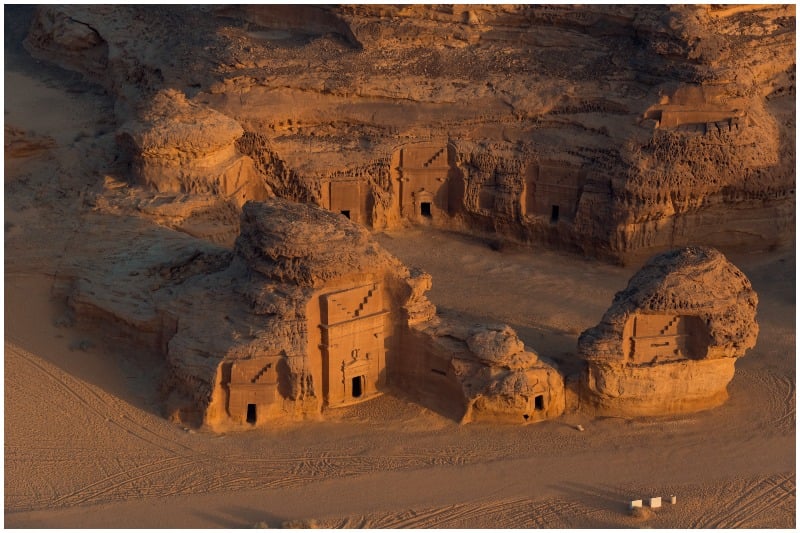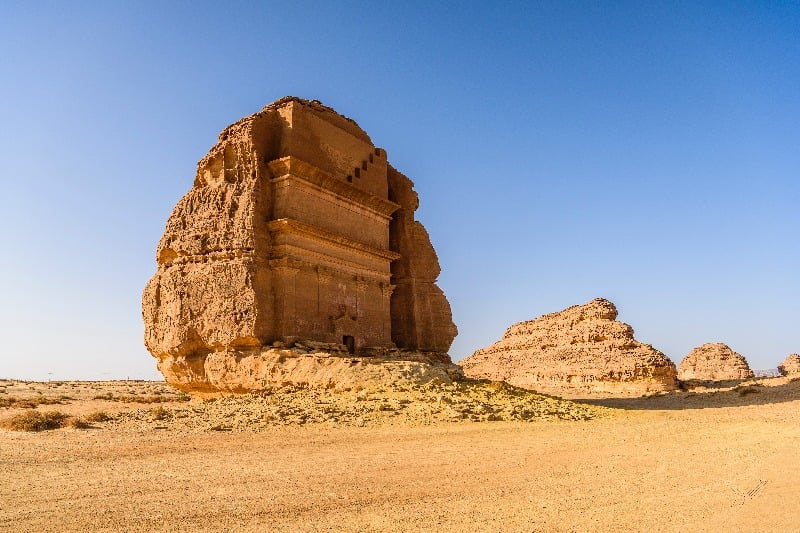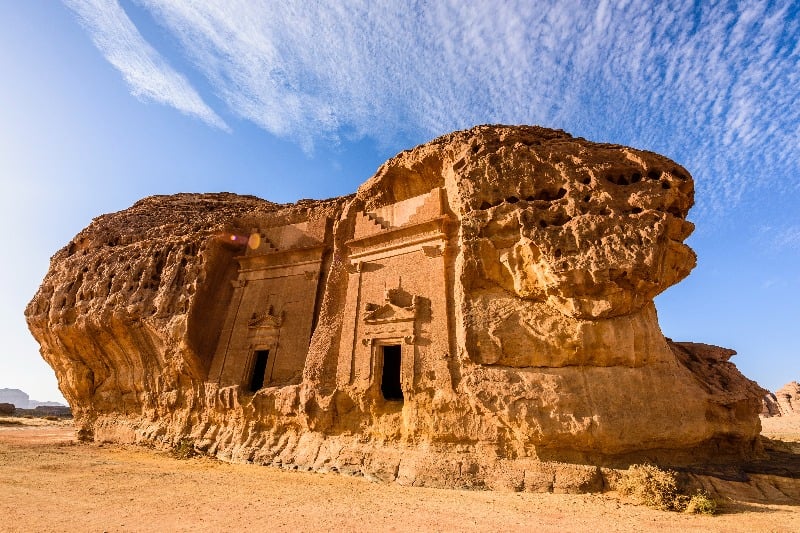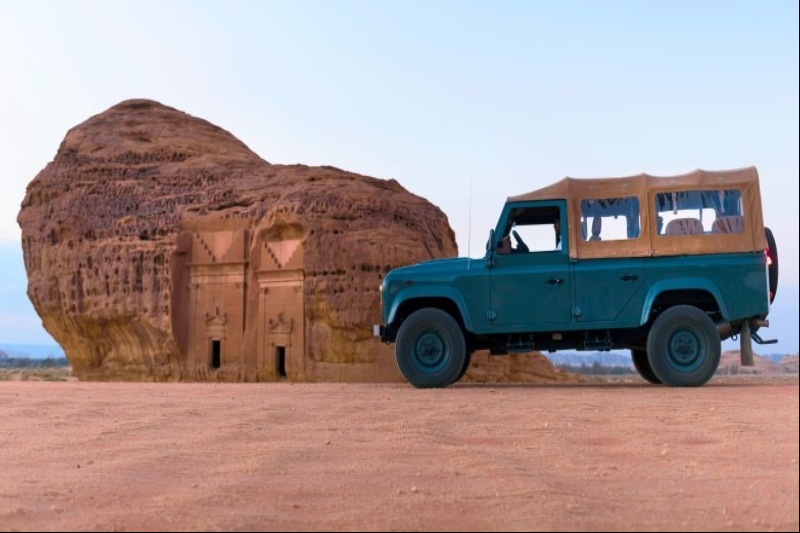10 incredible facts about Hegra, AlUla's architectural marvel
Saudi Arabia’s first UNESCO World Heritage Site tells a fascinating story packed with history and heritage…
AlUla’s significance as a crossroads of ancient civilisations dates back thousands of years. While it’s largely been off-limits to visitors, that changed in 2020 when it opened to the public for the first time, transforming this historic town in Saudi Arabia into an incredible open-air musuem. Among its most iconic sites is is Hegra, a unique desert landscape with a storied past.
Here are 10 incredible facts about Hegra.
Hegra is Saudi Arabia’s first UNESCO World Heritage Site
Hegra was the first site in Saudi Arabia to be inscribed onto the UNESCO World Heritage list in 2008. But it’s no longer alone. A further five have since been added: At-Turaif District in ad-Dir’iyah (2010), Historic Jeddah, the Gate to Makkah (2014), Rock Art in the Hail Region of Saudi Arabia (2015), Al-Ahsa Oasis, an Evolving Cultural Landscape (2018) and most recently Ḥimā Cultural Area, added in 2021.
Set within the desert landscape of AlUla, there are more than 110 tombs to discover

While you can only admire the facade of some, others are open to explore inside…
Though there’s evidence of human life dating back 2,500 years, it was the second Century when the Nabateans arrived here
The Nabataean’s were prominent here until 106CE, when the kingdom was annexed by the Roman Empire.
Arguably the most iconic tomb is the Tomb of Lihyan Son of Kuza

Also known as Qasr Al Farid, which translates as “The Lonely Castle”, referenced as such due to its location set away from all of the other tombs.
The wealth and status of a family is reflected in the size and decoration of each tomb
Many are also decorated with animals like lions and snakes above the entrace, which the Nabataean’s believed would protect their souls. Eagles – the symbol of Dushura – was the most popular choice.
You’ll find one of the biggest collections of tombs at Jabal AlBanat

Here, there are a total of 29 tombs to explore.
The highest point within Hegra is Jabal Ithlib
A sacred place for the Nabatean people, Jabal Ithlib is Hegra’s highest point, and within this area you’ll find inscriptions, shrines, altars and sanctuaries. There’s a naturally formed passage called the Siq, which leads to a sacred area within the Jabal Ithlib outcrop.
The first excavation here took place in 1986
Exacavations are still ongoing, and more areas in and around Hegra are expected to open up in the coming years.
You can even be an archaeologist for the day
Conduct research, make observations, excavate objects, and piece together clues to learn about Nabatean people during a three-hour hegra tour and archaeology workshop. Prices start from SAR 155
The best way to discover Hegra? In a vintage landrover

With a local Rawi as your guide, able to delve into the hidden treasures and secret meanings behind some of Hegra’s most important and storied sights, visitors can best enjoy Hegra from an open-air 4 x 4. Stopping at five key sights – and soaking up the incredible landscape as you go – the two-hour tour journey’s from the magnificent Hijaz Railway, built in the 1900s, to Jabal Al Ahmar, named after the vibrant red hued sandstone cliff that houses 18 tombs.
